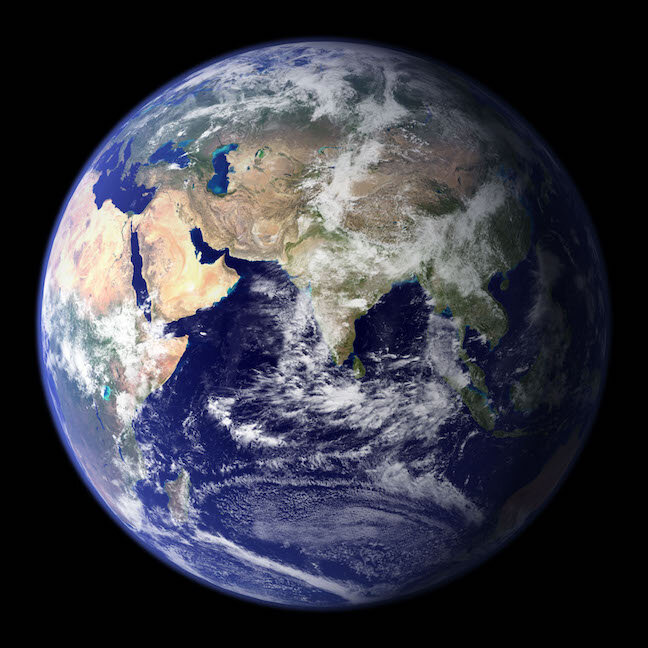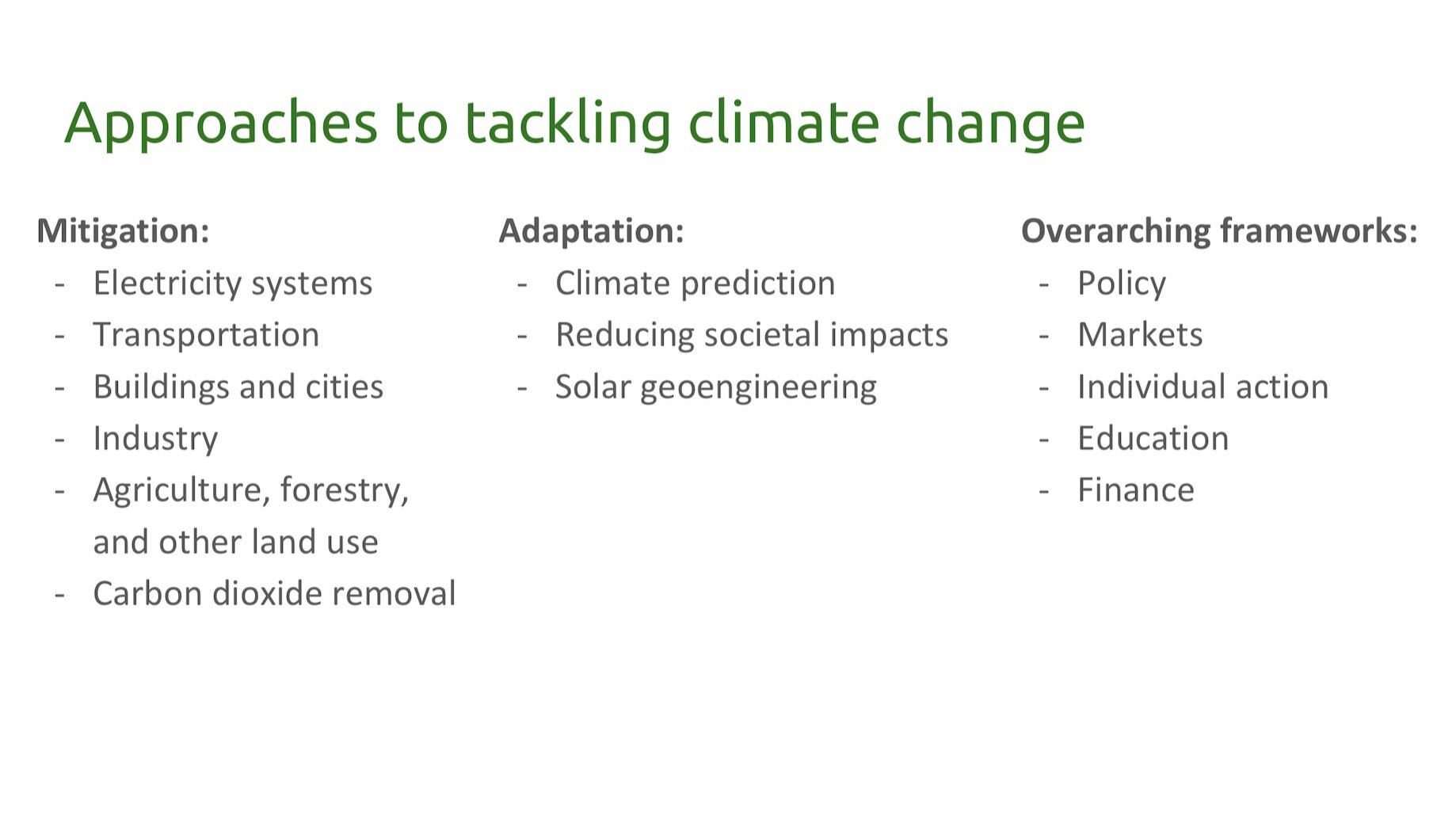Tackling Climate Change With Machine Learning - Insights from ICLR
Insights from Agri Tech and Satellite Imaging Studies at ICLR 2020
We recently attended the Eighth International Conference on Learning Representation. It was the first large-scale event in Machine Learning held fully virtually and we must admit that despite the unusual format it was a success.
More than 3000 participants from 60 countries attended the conferences. The conference format combined pre-recorded talks with live zoom Q&A sessions and poster presentations. A number of workshops was held also in Zoom, so were socials and break-out rooms. Despite the fully-virtual attendance, the structure of the conference remained unchanged, having keynotes, spotlight talks and poster presentations as usual.
In this article, we want to highlight two workshops that covered advances in applications of Satellites and Machine Learning to climate change and food production, covering sustainability goals 2 (zero hunger), 6 (clean water and sanitation), 7 (affordable and clean energy), 13 (climate action) and 15 (life on land).
ML for Climate Change Workshop was a forum for those in the Machine Learning community, who wish to help tackle climate change.
Climate change is affecting all areas of our lives, with severe consequences in food and freshwater supplies. Researchers in Machine Learning are helping to speed up the progress in these areas by working together with practitioners from various industries, from subsistence farmers to global tech giants, to implement state-of-the-art Machine Learning tools. Two approaches to tackle climate change are mitigation and adaptation.
Mitigation refers to reducing the causes of climate change, such as using fossil fuels or reducing gas emissions. Adaptation refers to minimising the consequences of climate change and dynamic adaptation to the shifts in weather and environment overall. Integrated assessment models use climate science and socio-economic factors to understand costs and benefits of different pathways, finding the lowest-cost one.
Both mitigation and adaptation approaches find its applications in Agri-Tech and Precision Agriculture. When we talk about mitigation, we want to mention multiple monitoring tools: water content monitoring, soil structure and soil carbon monitoring, crop detection and crop disease monitoring.
Agricultural practices are a major contributor to climate change. Large amounts of energy are consumed by chemical synthesis, irrigation, and farm machinery, while greenhouse gas emissions also arise from the decomposition of fertiliser and organic matter in soil.
For example, Diane Wu of Trace Genomics, addressed soil-degrading farmer and industrial practices that rely heavily on pesticides and fertilisers. Phosphorus and Nitrogen leaching into groundwater threaten human health and aquatic ecosystems. This leads to soil susceptibility and diseases and droughts through loss of water holding capacity.
Irrigation for Agriculture is the largest fresh water usage in the world accounting for 70% of fresh water usage and monitoring techniques for soil moisture (as Deep Planet does!) can be used to construct precision irrigation regimes that save water making for a more sustainable world.
Deep Planet’s Soil Moisture Predictions at Different Depths.
Computer Vision for Agriculture Workshop extensively covered crop monitoring. Talks and papers on this workshop highlighted a large spectrum of research: from automatic crop monitoring via drones, smart agricultural equipment, food security and camera-powered apps assisting farmers to Satellite image based global crop disease prediction and tracking.
Within the agricultural context, climate adaptation means monitoring and dynamic allocation of resources and changing farmer practices to increase yield and reduce wastage of resources.
To do this, and particularly in the context of an increasingly unstable climate, forecasting tools are required. Deep Planet is at the cutting edge of this with our tools to forecast soil moisture and vegetation health. We used state-of-art cutting edge deep and Machine Learning methods to forecast soil moisture into the future using sensors and predicted Satellite imagery. But we aren’t the only ones working on similar themes with another paper in the same workshop using deep learning to predict NDVI into the future from satellite imagery.
What we did see is that there are several overarching methodologies that would recur during the workshops when applying Machine Learning for agricultural tasks, particularly the use of Convolutional Neural Networks for image classification and the use of NDVI for vegetation health. One interesting theme was the rise of gaussian processes for forecasting tasks.
Stefano Ermon from Stanford University, reflected on difficulties related to data collection on economic development and information for policy making, highlighting that the tools themselves are powerful and have incredible potential to tackle some of the most pressing challenges in inequality but that the data is still lacking for these methodology. He presented several ways to address a lack of data including unorthodox data sources such as night time Satellite imagery.
Conclusions and Lessons Learnt
We came away from these workshops with a new perspective on all of the exciting work that is going on around these very important themes. AI is bringing about rapid changes in a number of fields and shows the potential to revolutionise the way agriculture is approached and help to bring about a more sustainable world.
However, there seems to be a lack of communication between many projects that are working on very similar problems which leads to repetition. Thanks to workshops and communities like these, communication is increasing and novel partnerships are coming about. Presenters highlighted the problem of lack of datasets that are available. While these are building up slowly, the need for them is outpacing the rate at which they are being produced.
"Coordinated efforts to produce large scale datasets may be a big step in the fight against Climate Change"
As for Deep Planet, we see where we fit in these communities and are proud to be leading the way in applying latest Machine Learning methods to agricultural predictions and we can’t wait to adapt some of the exciting tools that we saw into our work to provide better predictions and insights.
See our paper and short video on Climate AI site.
If you’d like to learn more about our technology and platform that we can be implementing to improve agricultural sustainability, we’d love to talk to you.




